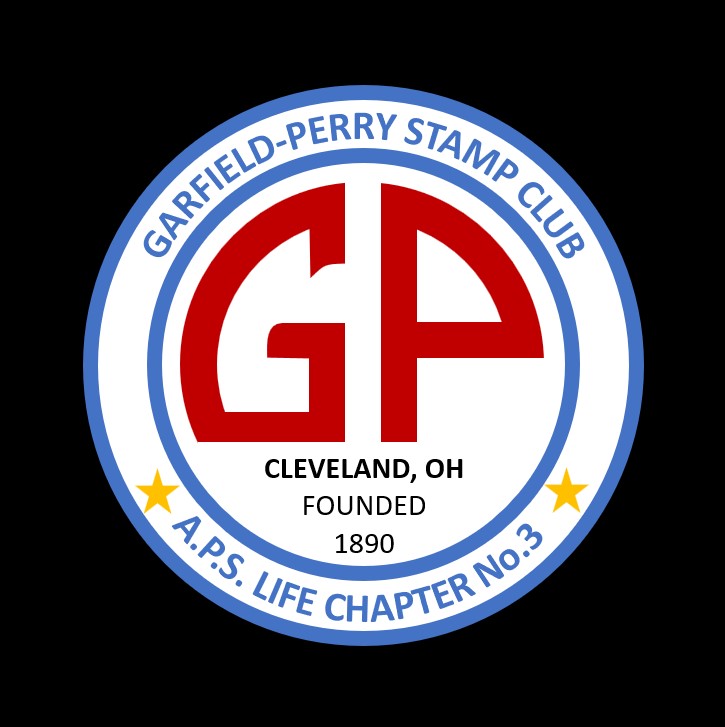Valuing Collections
The value of an individual stamps depends upon several factors;
Supply & Demand
Stamps that have low mintages will, in general, fetch a higher price than stamps printed in the millions. Older stamps typically have lower mintages, and the ravages of time have further reduced the number in circulation, so in general, 19th century material will be worth more than 20th century material. A check of the Scott stamp catalog will give you an idea of value, but as we’ve mentioned already only a very few stamps will go for full catalog value. The vast majority of stamps go for a small fraction of catalog.
Condition
Condition has a great deal to do with the value of a stamp. Collectors are looking for a stamp that is clean, free of dirt and stains. Is that stamp sound; has it been torn or creased? Are there thin spots or wholes in the stamp? Stamps that are torn or creased are not considered collectible by many philatelists. Only the most valuable of stamps will retain any value at all once it has been torn or creased. Another important aspect of condition is centering.
Centering
Shown at left are three examples of Scott #256, the 6¢ Garfield issued in 1894. As you move from left to right the centering of each stamp improves. Notice the far left stamp, the perforations cut into the design at the bottom, and just touch the design on the left. The center stamp is better, with the top and right perfs just touching the design. The example on the right is the best, with fairly even margins all the way around. Collectors look for the best centering possible. Centering in the 19th century was often very poor, but improvements in manufacturing in the 20th century made poorly centered stamps like the example at far right few and far between. Today virtually all stamps are perfectly centered, and if you collect modern issues all your stamps should be perfectly centered!

